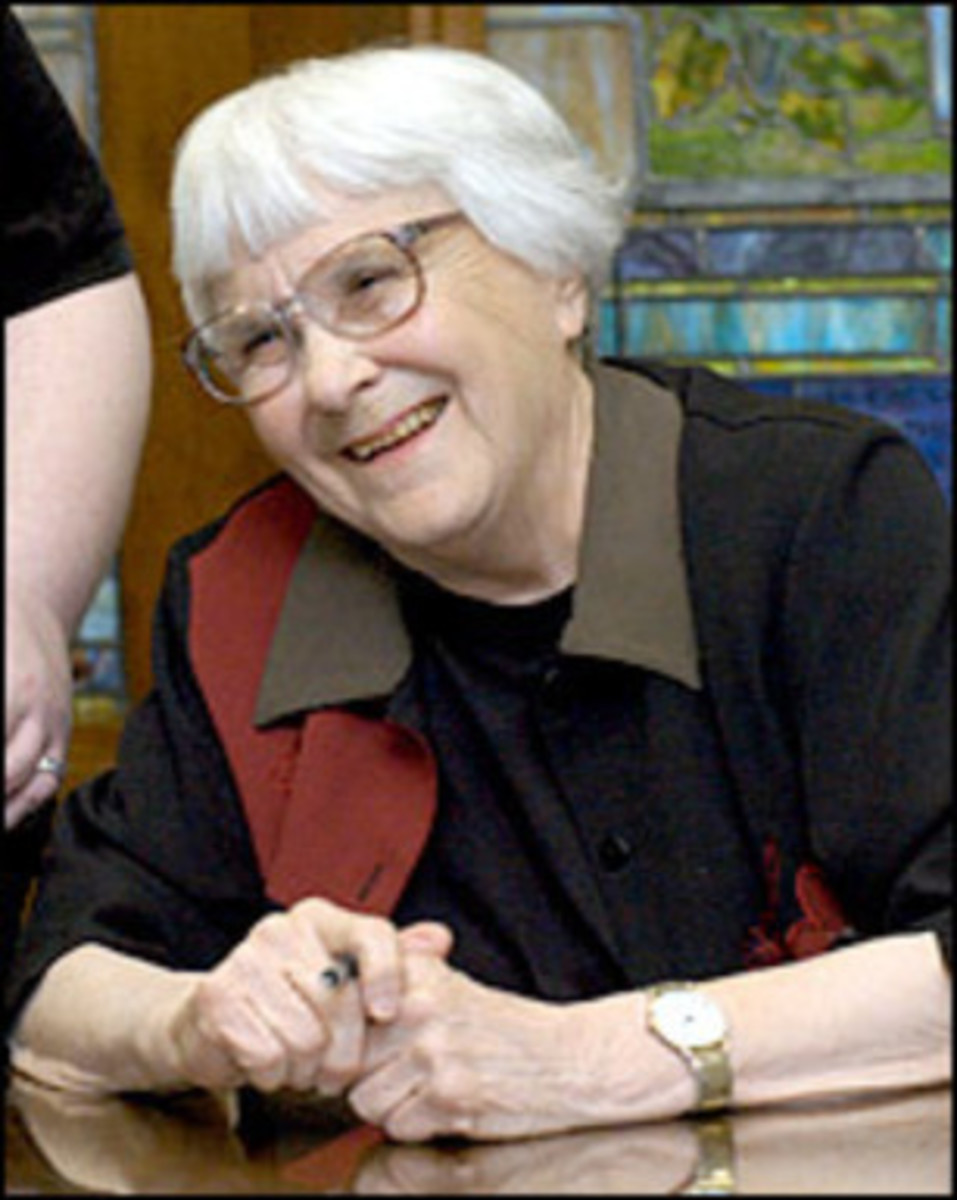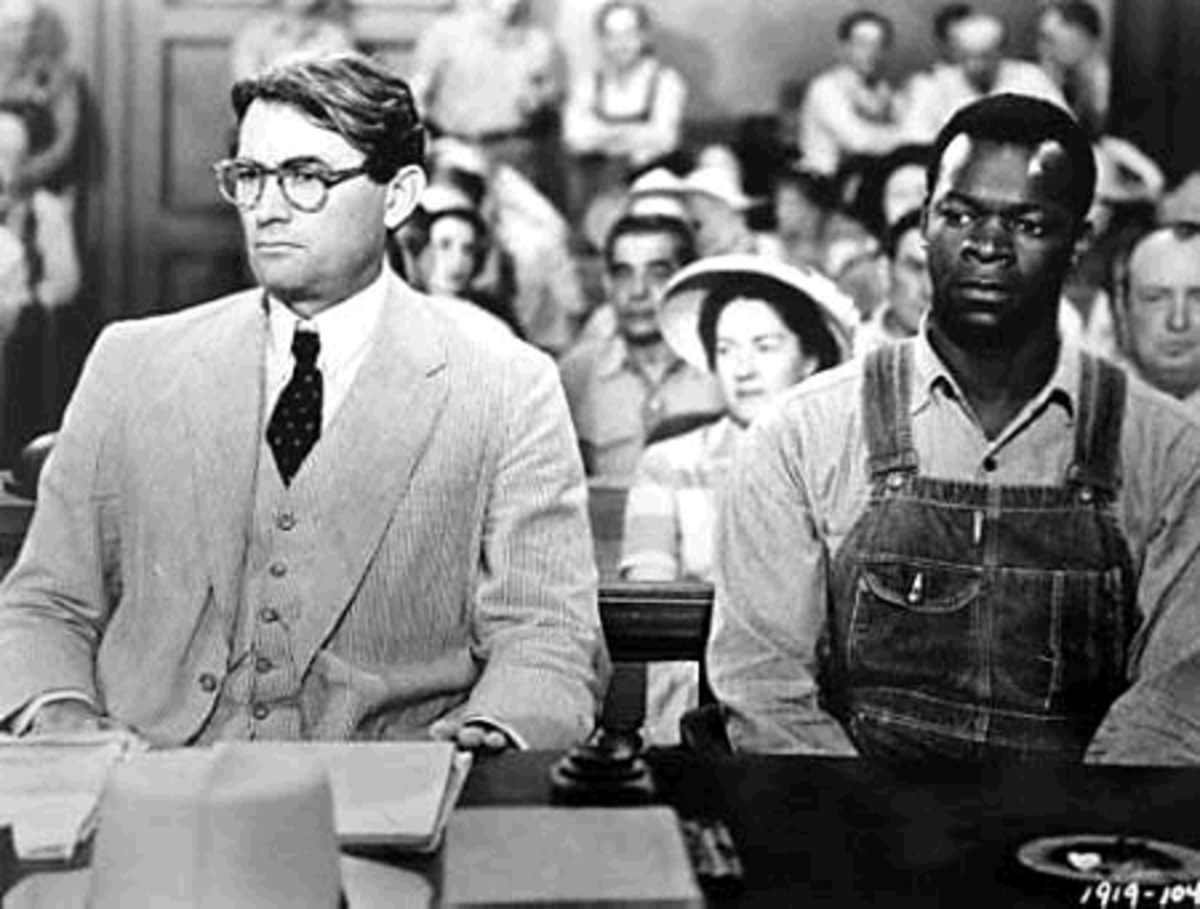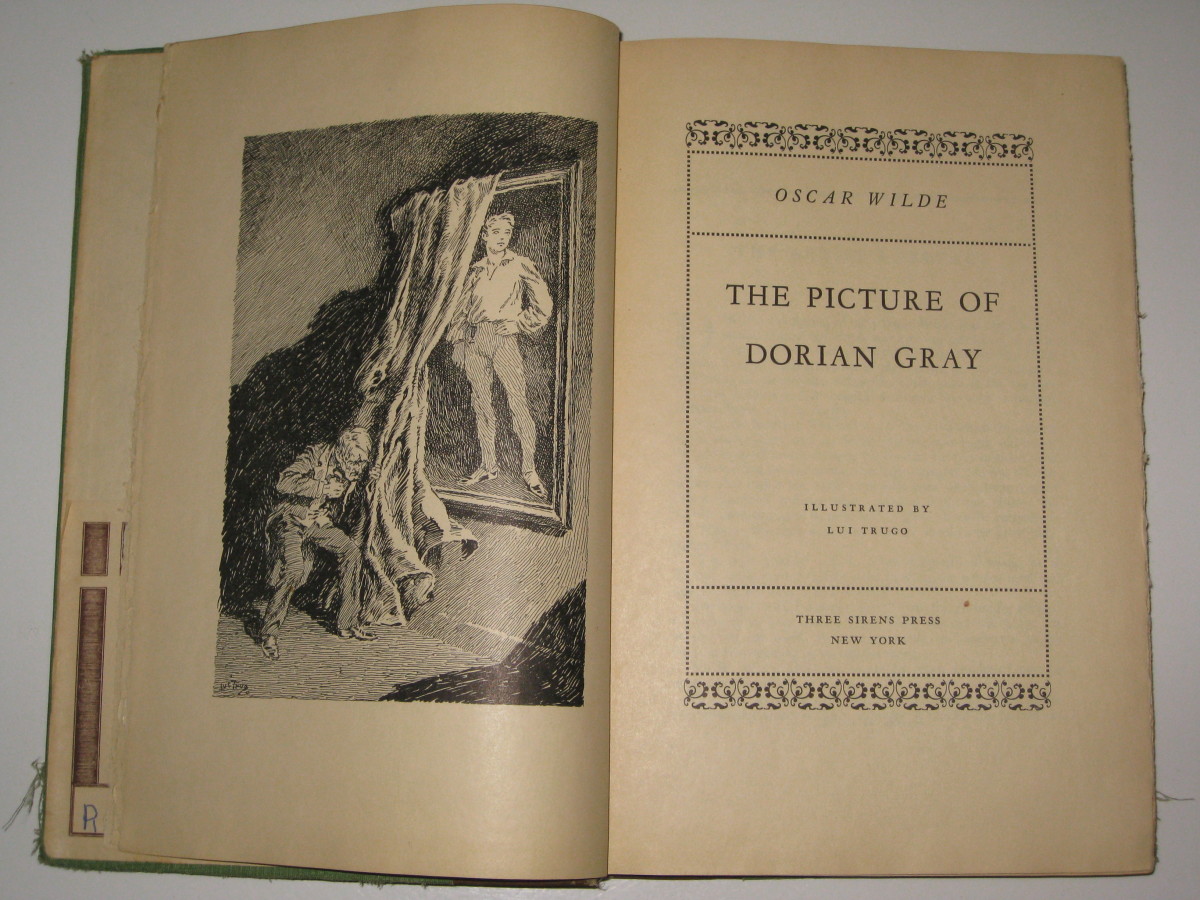Harper Lee and the death of a watchman
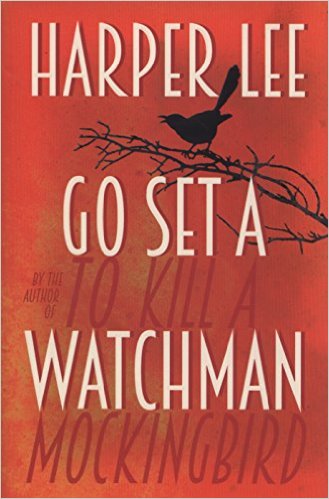
The real truth behind Harper Lee’s decision to allow Go Set a Watchman to be published In July 2015 will probably never be fully known but both leading up to and since the book’s publication it has been the subject of an enormous amount of rumour and speculation.
Harper Lee is now 89 years old and living in a nursing home in Alabama and according to her lawyer she is said to be ‘happy as hell’ with the publication of Go Set a Watchman. However, the publication of the book has led to speculation as to whether Lee has actually given legitimate permission for the book to be published, why she would allow it to be published now and even gossip as to whether she wrote the book at all.
The death of Alice Lee in November 2014
Primary speculation focuses on the coincidence of the death of Harper Lee’s sister, Alice Finch Lee, in November 2014 and the sudden discovery of the book by Harper Lee’s lawyer, Tonja Carter in Lee’s safety deposit box in the same year. It was well known that Alice was Harper Lee’s close confidante and watchman who handled Lee’s financial and legal affairs for many years, turning away interview requests on Lee’s behalf and sometimes speaking on her behalf. In 2011, Alice was quoted as saying ‘Harper can’t see and can’t hear and will sign anything put before her by anyone in whom she has confidence.’ It was Alice’s occupation to ensure this did not happen.
Writing for the Wall Street Journal in July 2015, Tonja Carter recounts how she found the manuscript in Lee’s safety deposit box in late 2014 and realised it was not the manuscript for To Kill a Mockingbird but was possibly its sequel. Carter reports that she then took the manuscript to Lee who agreed that Carter could send it to Andrew Nurnberg, her agent. Nurnberg subsequently discussed the publication of Go Set a Watchman with Lee who then allowed him to approach HarperCollins, the publisher of To Kill a Mockingbird with a view to publishing it.
However, Carter’s account has been questioned by some and the New York Times (2 July 2015) has reported that in actual fact the manuscript was found in Carter’s presence in 2011, when a rare books expert from Sotheby’s auction house and Lee’s literary agent, Samuel Pinkus (who has now been replaced) met with Carter to appraise Lee’s documents. Carter has thus been accused by some of sitting on the discovery, waiting for the time when Alice Lee was no longer in charge of Lee’s affairs as she knew that Alice would not have allowed the novel to be published so easily.
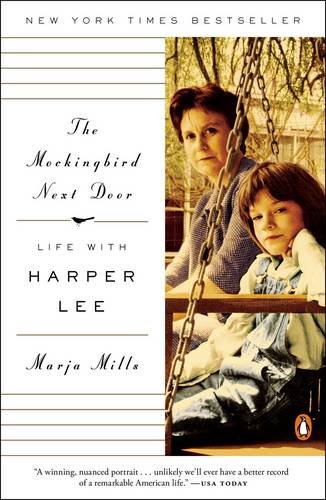
Concern has also surrounded whether Lee was in fact competent enough to consent to the publication of the book. In 2007, a stroke left Lee wheelchair-bound, forgetful, and largely deaf and blind. Concern was increased by her sister, Alice’s, admission in 2011 that Lee would sign anything put before her by anyone in whom she had confidence. However, there has still been no statement by Lee as to why she wanted a second book published now. Lee has always been an elusive figure and her sister, Alice, up until her death, was her gatekeeper, confidante and watchman. Alice shielded Lee from reporters, inquisitive tourists and admirers. When Marja Mills publicised her memoir ‘The Mockingbird Next Door: Life with Harper Lee’ in 2014 she asserted that she had Lee’s authorisation to publish the book. However, in response Lee is reported as saying ‘rest assured, as long as I am alive any book purporting to be with my cooperation is a falsehood.’ Are we therefore to believe that she so easily changed her mind in 2015 and allowed Go Set a Watchman to be published?
Lee’s reluctance to publish is also supported by her close friend Rev. Dr. Thomas Lane Butts who in a 2011 interview with an Australian newspaper recounted how Lee had told him the reasons she would never write again: (1) she would not go through the pressure and publicity she went through with To Kill a Mockingbird for any amount of money; and (2) she had said what she wanted to say and she would not say it again. These comments deepen the mystery as to why Lee has changed her mind now.
However, it is noted that the Alabama Securities Commission led an investigation into Lee’s competence and found her to capable of stipulating that she wanted a second book published. Joseph Borg, Alabama Securities Commission director was quoted by the BBC as saying ‘she was able to answer questions we asked to our satisfaction from our point of view.’
Additionally, since Alice Lee’s statement about her in 2011, Lee has had the capacity to bring two court actions. The first in 2013, was a lawsuit against a son-in-law of her former literary agent and related entities who she accused of duping her into assigning him the copyright of To Kill a Mockingbird in 2007 when her hearing and eyesight were in decline after she had suffered a stroke. The second in 2014, was a lawsuit against the Monroe County Heritage Museum who Lee accused of using her name and To Kill a Mockingbird to promote itself and sell souvenirs without her consent. The fact that Lee filed these lawsuits suggests that she was quite capable of deciding whether she wanted to publish her second book.
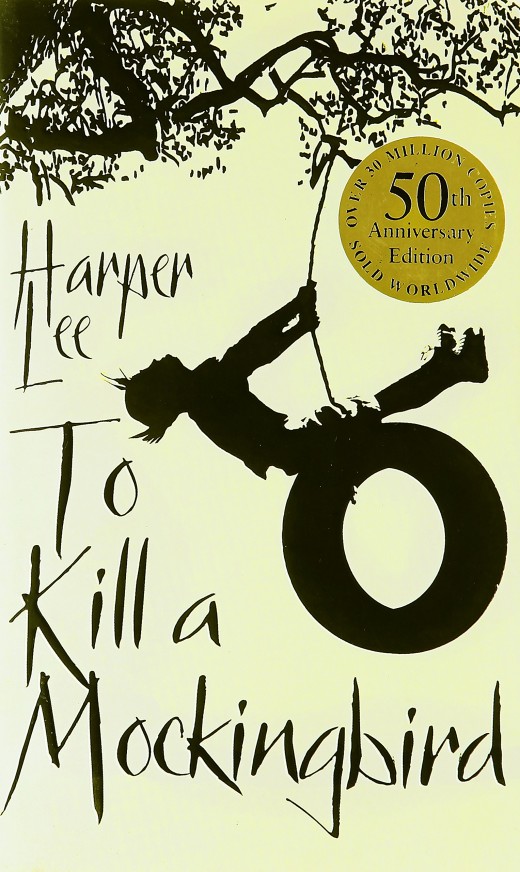
The book was never intended to be a sequel
Further controversy has surrounded the promotion of Go Set a Watchman as the sequel of, To Kill a Mockingbird. Chronologically an initial glance at the book would support this contention. The novel depicts the lives of the Finch family a number of years later and Scout is now in her 20s.
However, it is well documented that Go Set a Watchman was first seen by Lee’s editor, Tay Hohoff, in 1957 who worked with Lee over a period of two years to make substantial revisions to the manuscript which was then published as To Kill a Mockingbird. Go Set a Watchman is therefore the first draft of To Kill a Mockingbird and was never intended to be a sequel. This is also supported by the fact that there is repetition of some of the paragraphs in both books and also there are inconsistencies in the narrative, for example the verdict of the trial that is the key focus of To Kill a Mockingbird is 'guilty' in Mockingbird but 'not guilty' in Watchman. The decision to change the verdict to 'guilty' in Mockingbird has also been the subject of interesting speculation.
However, Lee’s current agent, Andrew Nurnberg, now suggests that To Kill a Mockingbird was originally intended to be the first book of a trilogy with a shorter interconnecting novel coming between To Kill a Mockingbird and Go Set a Watchman. Tonja Carter also hints at this in her article for the New York Times when she suggests that as well as the manuscript for Go Set a Watchman there was also a stack of a significant number of pages of another typed text. She states ‘Was it an earlier draft of Watchman or Mockingbird, or even, as early correspondence indicates it might be, a third book bridging the two? I don’t know’. Perhaps Carter is paving the way for the publication of a third novel?
Reader speculation that Harper Lee did not write the book
Some readers of Go Set a Watchman have voiced the suspicion that Lee did not in fact write the book. The evidence given in support of this contention is that the book does not flow and in parts it does not seem to be written in Lee’s style. Additionally, there has been suspicion surrounding use of the ‘standing crane stance’ in chapter one. It has been questioned whether this is a Kung foo pose that was even heard of in the 1950s let alone one that Lee would have heard of. However, evidence that it is a book written by Lee includes the comments made by Tay Hohoff on reading the manuscript in 1957 that it was not fit for publication and ‘more a series of anecdotes than a fully conceived novel’. This would explain why the novel appears disjointed at times. Additionally, if the book was a fraud surely the fraudster would have been keen to get the facts right and at times Go Set a Watchman deviates from the plot of To Kill a Mockingbird.
This is not the first time that Lee has been accused of putting her name to a book she has not fully written. Lee’s sister, Alice, was said to have sought to dispel rumours that the writer and childhood friend of Lee, Truman Capote, may have contributed to the authorship of To Kill a Mockingbird. However, no evidence has been found in support of this allegation.
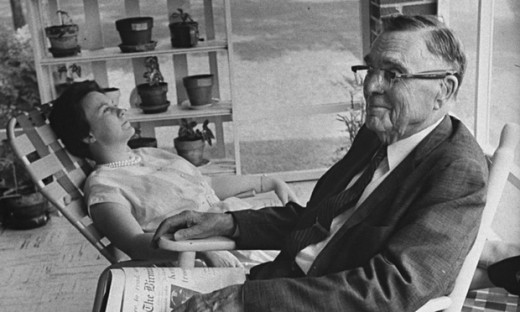
Protection of the reputation of Harper Lee’s father
As Atticus Finch is largely believed to have been based on Lee’s father. It has been suggested that Alice Lee may have been fully aware of the existence of Go Set a Watchman in Lee’s safety deposit box but had not wanted it to be published as it would sully the memory and reputation of her father who died in April 1962. This might possibly explain why the book was not published until after Alice’s death but does seem quite an unlikely suggestion. It would suggest that Lee was controlled by her sister and did not dare to go against her wishes.
It is unfortunate that the rumour and speculation surrounding the publication of Go Set a Watchman has detracted from the joy and anticipation many of Lee’s fans felt at the prospect of another book by the author. However, it is hoped that once the furore has died down there will then be ample discussion about the literary merits or otherwise of Go Set a Watchman.
Sources
- http://www.telegraph.co.uk/books/go-set-a-watchman/harper-lee-go-set-a-watchman-review/
- http://www.theguardian.com/books/2015/jul/12/go-set-a-watchman-review-harper-lee-to-kill-a-mockingbird
- http://www.bbc.co.uk/news/entertainment-arts-31864223
- http://www.bbc.co.uk/news/entertainment-arts-31296088
- http://www.theguardian.com/books/2015/jul/11/harper-lee-my-little-sister-alice-finch-lee
- http://www.wsj.com/articles/how-i-found-the-harper-lee-manuscript-1436740810
- https://www.washingtonpost.com/lifestyle/style/what-harper-lees-attorney-doesnt-say-in-an-op-ed-is-revealing/2015/07/13/282e7b04-29b0-11e5-bd33-395c05608059_story.html

